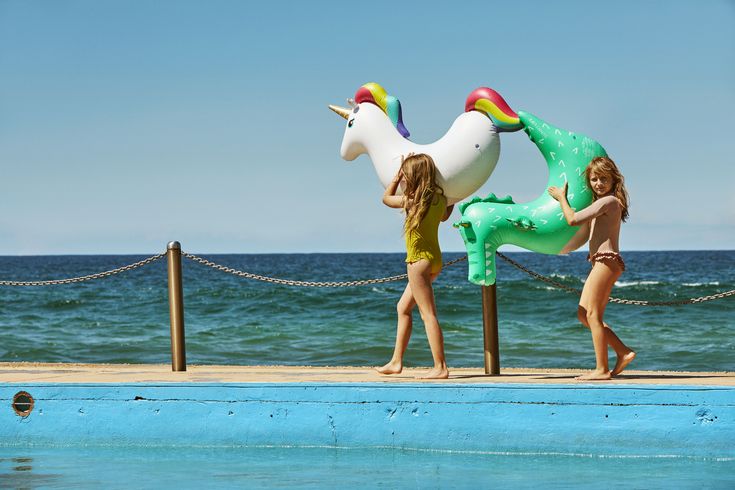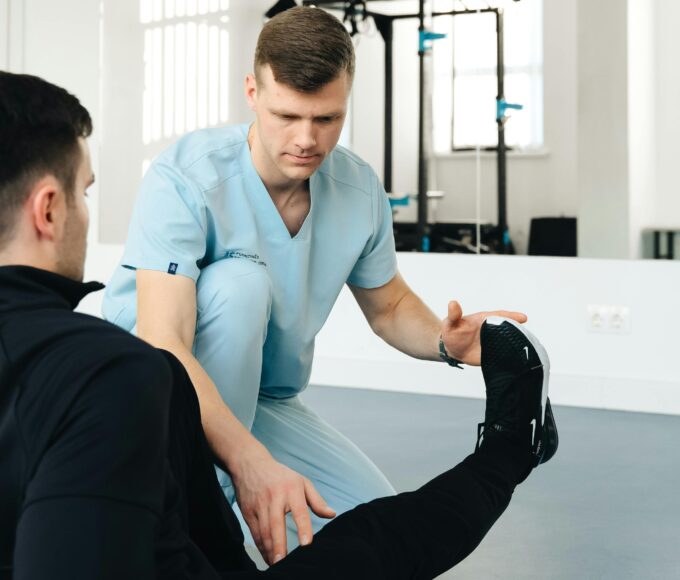During summer people enjoy aquatic activities which produce splashes among waves of laughter as they spend their time between pool and beach areas. Parents make safety their primary concern when their children enjoy outdoor summertime activities. Summer minutes are more enjoyable when kids use floaties which appear as colorful inflatable companions for aquatic joy that lasts throughout the day. Kids floaties provide excellent water buoyancy together with recreational value yet proper understanding regarding their safe usage remains necessary. Certain basic rules will help your child enjoy safe summer recreation. A thorough guideline will follow about proper use of kids’ floaties.
The importance of water safety for children
Children need proper water safety education primarily in the summer season. Children naturally seek adventure through aquatic environments where they should not go because they do not realize the dangers of the water.
Drowning develops swiftly and causes no noticeable noises. The slightest moment of being distracted may result in dangerous circumstances. Learning water safety principles at a young age produces both comprehension and recognition of swimming abilities for children.
Making children develop safe water habits leads to enhanced swimming confidence while maintaining their safety from accidents. Children who learn proper behavior rules in water environments experience increased freedom to enjoy themselves.
Introducing swimming education as part of water education allows children to develop life-long essential water skills. Young people who learn these appropriate aquatic practices early in life will acquire better water skills that improve with each new aquatic experience.
Types of kids floaties available
There exists a diverse selection of floaties designed for children. The available floaties exist to fulfill specific needs and accommodate users at different levels of development.
Toddlers who begin learning about swimming generally use inflatable arms as their first choice of water aid. These floaties have a lightweight design that children can easily wear because of their simple installation process.
The swimming rings available today possess engaging designs that maintain stability along with their attractive nature. Younger children between 5-8 years old should use these swimming aids because of their water freedom capabilities.
Children who seek adventure can enjoy pool floats manufactured in animal or character designs to enhance their play experience. Kids find joy in spending time on these lively shapes because they receive support during their relaxed moments.
A life jacket delivers peak protection to users. The versatile design of these accessories serves both safety and comfort needs which makes children secure under all conditions of active swimming.
Acquiring the correct floaty becomes essential since numerous choices exist to guarantee safe and enjoyable water activities.
Children love playing in the water, and kids floaties provide essential safety while they splash and swim. These inflatable devices come in various designs, ensuring both security and fun. Whether at a pool or the beach, kids floaties help build confidence in young swimmers while keeping them afloat.
Age and size appropriateness of floaties
The selection of a proper floatie for children stands as a vital decision. The products have age-based usage restrictions together with weight limits. Review the provided age and weight parameters on every product before deciding to buy.
Small-sized floaties which support your toddler’s body should be your priority selection. The safety features included in most floaties comprise adjustable straps and backrests that improve the user’s security.
The requirements of children evolve as they progress through different ages. The floatation device selection for older children should include inflatable objects which let them move about but provide safety features.
Let the floatie rest securely on your child while avoiding tightness. Being loosely fitted on a person’s body could cause their escape from the floatation device putting them at danger in aquatic settings.
Keeping children safe during water activities requires both encouraging independence and selecting appropriate sizes for their swimming tools. The selection of well-considered float devices creates secure opportunities for beach and pool enjoyment.
Proper fitting and securing of floaties
The correct fitting of kids’ floaties remains essential for both security and safety purposes. Swimming safety depends on a proper fit of the floaties because loose devices either lose their function or become water hazards. Read and follow size and weight specifications from the manufacturer on their product.
Install the selected floatation device on your child using the correct procedure. Secure all strap attachments with appropriate tension that allows comfortable wear. Your child’s skin should have enough room for one fingertip when you insert your finger between the floatie strap.
Check the secureness of all buckles along with clasps to stop them from loosening throughout play activities. The correct fit of a floatie creates buoyancy which enables your child to have safe water adventures.
Examine the watery area carefully before allowing your child to swim beyond shallows. Regular inspections of floaties should occur because aging and deterioration may lead to reduced performance when children play.
Supervision while using floaties
Having proper supervision becomes essential for floaty users. Floaties present several safety benefits however they should never consist of parental supervision. Children tend to behave unpredictably when in contact with water. Accidents may happen at any time when you lose your attention.
A close eye needs to follow your child always when they are in or near the water regardless of their kids’ floaties protection. When you attend a pool gathering or beach day, assign adults specifically to observe the children throughout the entire event. Parents and guardians should take shifts to supervise their children continuously while at the swimming area.
Water safety education must also be taught to your children. Floaties serve as safety aids although they do not eliminate dangers that result in drowning incidents. All children must recognize that aquatic devices serve only as auxiliary equipment instead of providing adequate swimming capabilities.
Proper gear and supervision do not protect against sudden water hazards that can develop unexpectedly in watery environments. You should be ready to intervene safely and guide your children to play areas that are safe for their activities.
A secure aquatic environment establishes both fun experiences and teaches responsible water behavior to you and your children simultaneously.
















